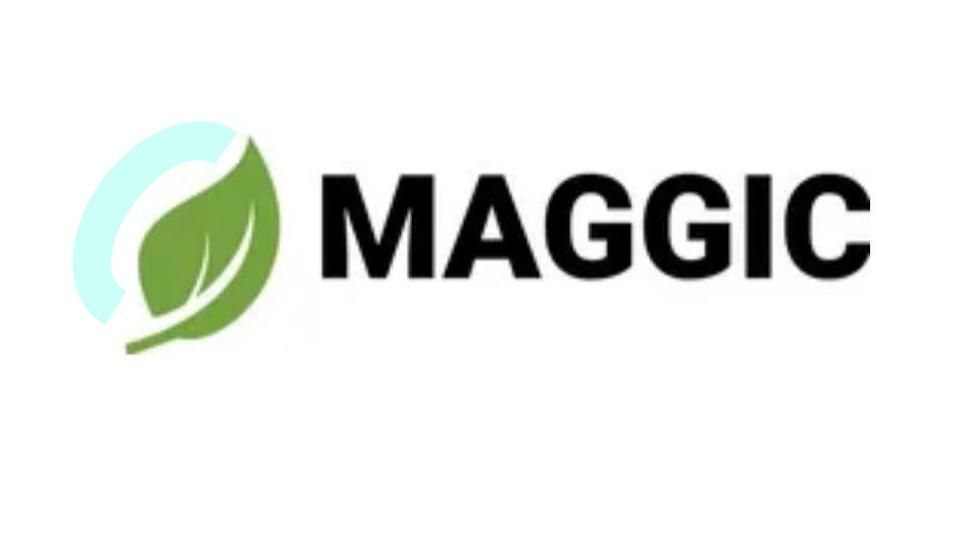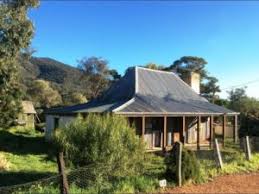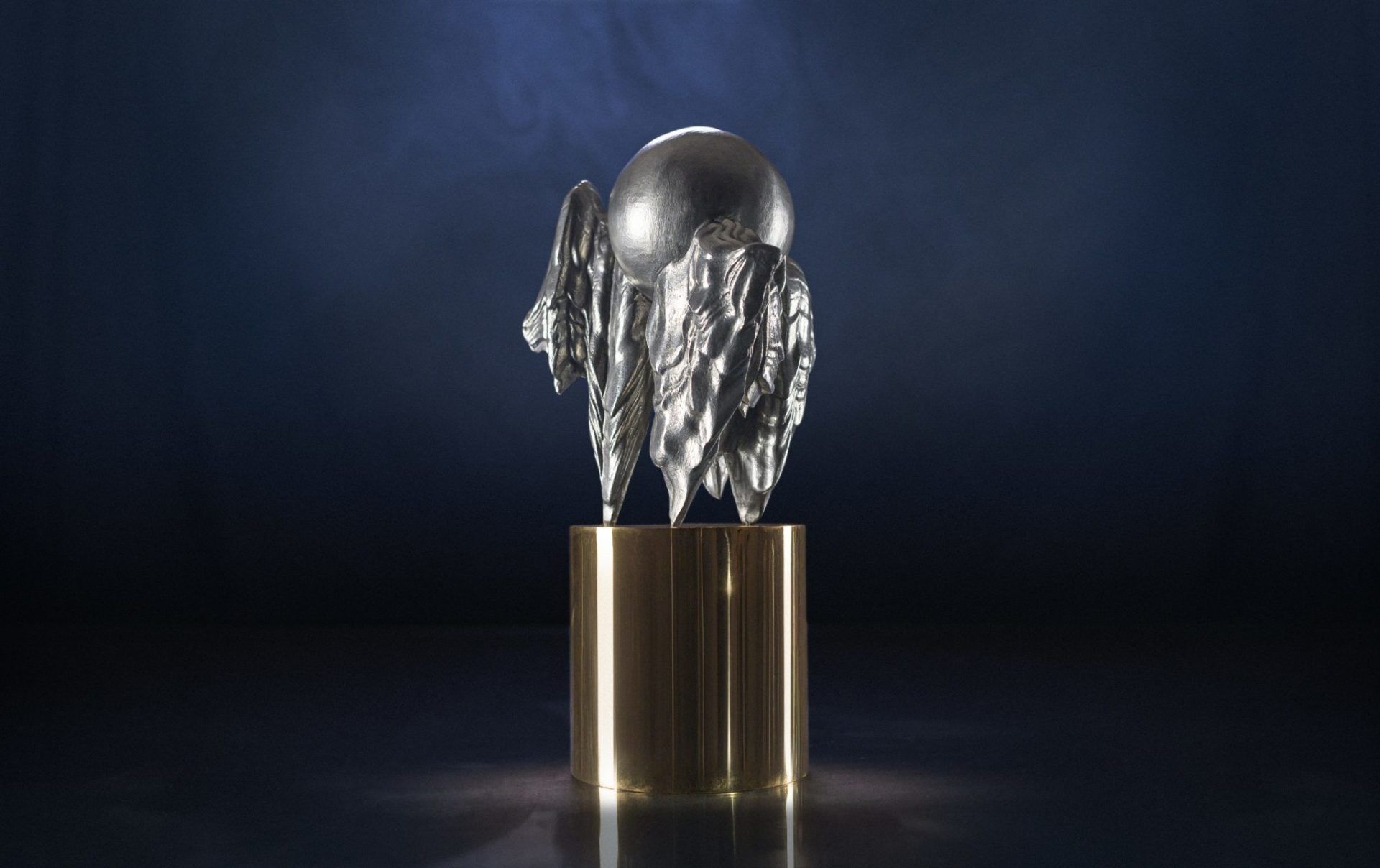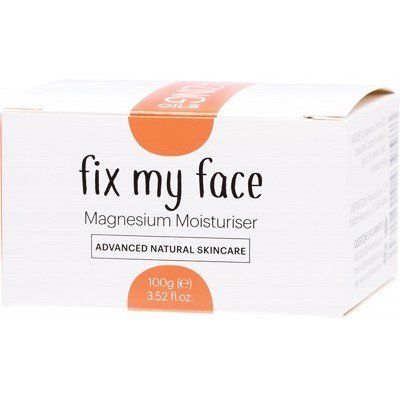The Shoulder
- By florian.glinserer
- •
- 25 Jul, 2019
- •
Pilates Arm Arcs
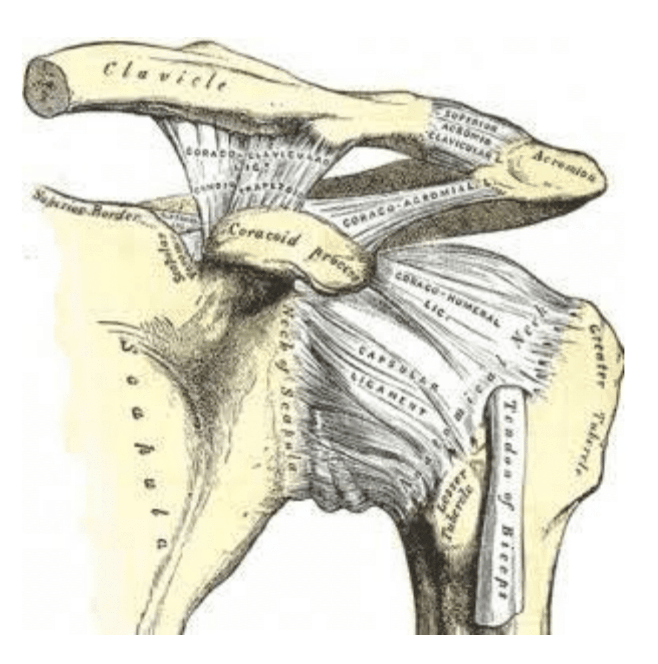
The Glenohumeral Joint
The glenohumeral joint is the ball and socket joint located between the scapula and the humerus, this joint connects the arm to the trunk.
- The Neutral rotation point of the joint is between 55 and 70 degrees of lateral shoulder abduction and 30 degrees of anterior to the scapular in the frontal plane
- The mean resting point is at 49.8 degrees of shoulder abduction
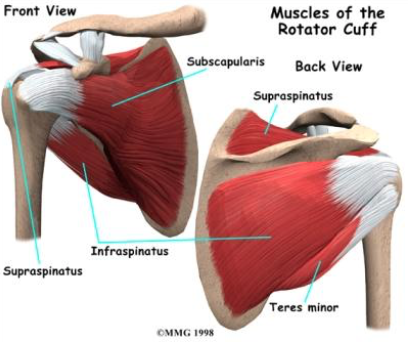
Supporting Musculature
Supraspinatus – assists with lifting the arm overhead and pulls the head of the humerus medially towards the glenoid cavity. Assists the deltoid muscle in initiating the abduction of the arm at the shoulder.
Subscapularis – twists the arm behind the back, performs internal rotation and prevents displacement of the head of the humerus. This is a larger triangular muscle which fills the subscapularis fossa and inserts into the lesser tubercle of the humerus and stabilises the humeral head through internal rotation.
Infraspinatus – twists the arm out sideways from the body by externally rotating the humerous. This thick triangular muscle occupies most of the infraspinatous fossa and is designed not only for external rotation but for shoulder joint stability.
Teres minor – twists the arm out sideways from the body when the arm is in a raised position. This muscle should prevent the humerus from sliding upwards as the arm is adducted and will assist in rotation of the humerus laterally.
The four rotator cuff muscles are minor or small muscles which require the support of a larger group of muscles designed for strength. The rotor cuff group is heavily protected by the pectoralis major, teres major, latissimus dorsi and bicep.
Subscapularis – twists the arm behind the back, performs internal rotation and prevents displacement of the head of the humerus. This is a larger triangular muscle which fills the subscapularis fossa and inserts into the lesser tubercle of the humerus and stabilises the humeral head through internal rotation.
Infraspinatus – twists the arm out sideways from the body by externally rotating the humerous. This thick triangular muscle occupies most of the infraspinatous fossa and is designed not only for external rotation but for shoulder joint stability.
Teres minor – twists the arm out sideways from the body when the arm is in a raised position. This muscle should prevent the humerus from sliding upwards as the arm is adducted and will assist in rotation of the humerus laterally.
The four rotator cuff muscles are minor or small muscles which require the support of a larger group of muscles designed for strength. The rotor cuff group is heavily protected by the pectoralis major, teres major, latissimus dorsi and bicep.

Arm Arcs
The exercise series called Arm Arcs is a varied and wide ranging group of exercises which are designed to support the glenohumeral joint. In the context of rehabilitation the arms can be floated overhead and rotated in a circle in both directions with no resistance in order to maintain or redevelop a range of motion that is acceptable for a natural healthy working life.
These ranges are developed using studies based on participants who are capable of optimum daily performance in the workplace. A minimum ROM of -65 degrees through zero degrees to 105 degrees for the horizontal abduction and abduction in the humeral plane angle. A minimum ROM of zero degrees to 108 degrees for humeral elevation and a minimum of -55 degrees through zero degrees to 79 degrees for humeral rotation.
When considering the Arm Arcs series of exercises in a fitness scenario it is import to take into account the patient’s history.
Weight and resistance can be added to the simple exercise series to develop the muscles of the rotator cuff and then further strengthen the surrounding larger muscles.
Care should be taken to support the smaller rotator cuff group of muscles with the right type of movement and weight range. The larger surrounding group of muscles should then be introduced as a natural progression to develop the shoulder for strength.
In all scenarios it is important to maintain the rotational range of movement at optimum so that the patient can continue with their daily routine.
Keeping the neutral shoulder rotational plane in mind and the mean seated shoulder resting point will help to keep the patient comfortable and in optimum health. Without proper strength, mobility and stabilisation the shoulder joint can be injured and even dislocated.
Some recommended variations of the arm arc series which are very helpful to the frozen shoulder, dislocated shoulder, tendinitis or a rotator cuff tear are;
These ranges are developed using studies based on participants who are capable of optimum daily performance in the workplace. A minimum ROM of -65 degrees through zero degrees to 105 degrees for the horizontal abduction and abduction in the humeral plane angle. A minimum ROM of zero degrees to 108 degrees for humeral elevation and a minimum of -55 degrees through zero degrees to 79 degrees for humeral rotation.
When considering the Arm Arcs series of exercises in a fitness scenario it is import to take into account the patient’s history.
Weight and resistance can be added to the simple exercise series to develop the muscles of the rotator cuff and then further strengthen the surrounding larger muscles.
Care should be taken to support the smaller rotator cuff group of muscles with the right type of movement and weight range. The larger surrounding group of muscles should then be introduced as a natural progression to develop the shoulder for strength.
In all scenarios it is important to maintain the rotational range of movement at optimum so that the patient can continue with their daily routine.
Keeping the neutral shoulder rotational plane in mind and the mean seated shoulder resting point will help to keep the patient comfortable and in optimum health. Without proper strength, mobility and stabilisation the shoulder joint can be injured and even dislocated.
Some recommended variations of the arm arc series which are very helpful to the frozen shoulder, dislocated shoulder, tendinitis or a rotator cuff tear are;
- side arm arcs
- external rotation
- reverse arm arcs
In Conclusion
Arm Arcs are a basic exercise used to develop the shoulder after injury or a lack of physical exercise. They will aid in the recovery of the full range of shoulder movement after presenting with a wide range of shoulder issues, as mentioned above. The Arm Arcs series can also be extended way beyond its humble beginnings and on to much more challenging workouts.
Keep in mind that a post surgery shoulder may be quite tender after the recommended 3-6 week recovery time. Caution should be taken when returning to your full training regime. An overzealous return to weight training or normal physical exercise may cause prolonged recovery time and even further injury. Take care to allow plenty of time to redevelop your shoulder and fully recover.
A little bit of experimentation with weights and repetitions may be needed. Start with smaller weights and fewer reps for the first 3 weeks and if you find your workout recovery time is a few days you may like to increase the weight and repetitions. Take care to allow a day or twos rest while you are within the known recovery time frame. These time frames are usually based on average bone and tissue repair times and should be adhered to.
Have fun with your Arm Arcs and remember to take care of those smaller muscle groups which support the big guns.
Keep in mind that a post surgery shoulder may be quite tender after the recommended 3-6 week recovery time. Caution should be taken when returning to your full training regime. An overzealous return to weight training or normal physical exercise may cause prolonged recovery time and even further injury. Take care to allow plenty of time to redevelop your shoulder and fully recover.
A little bit of experimentation with weights and repetitions may be needed. Start with smaller weights and fewer reps for the first 3 weeks and if you find your workout recovery time is a few days you may like to increase the weight and repetitions. Take care to allow a day or twos rest while you are within the known recovery time frame. These time frames are usually based on average bone and tissue repair times and should be adhered to.
Have fun with your Arm Arcs and remember to take care of those smaller muscle groups which support the big guns.
